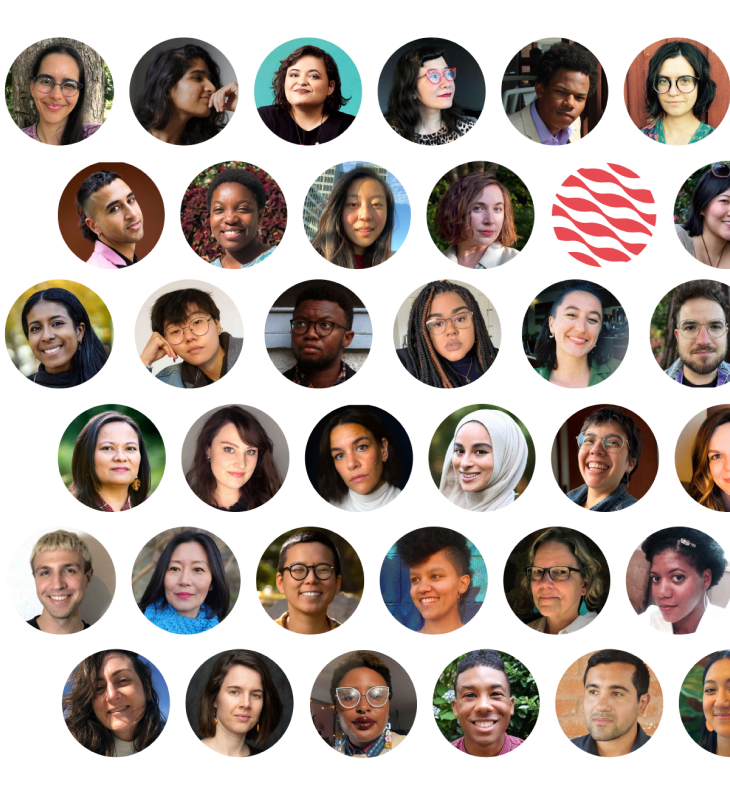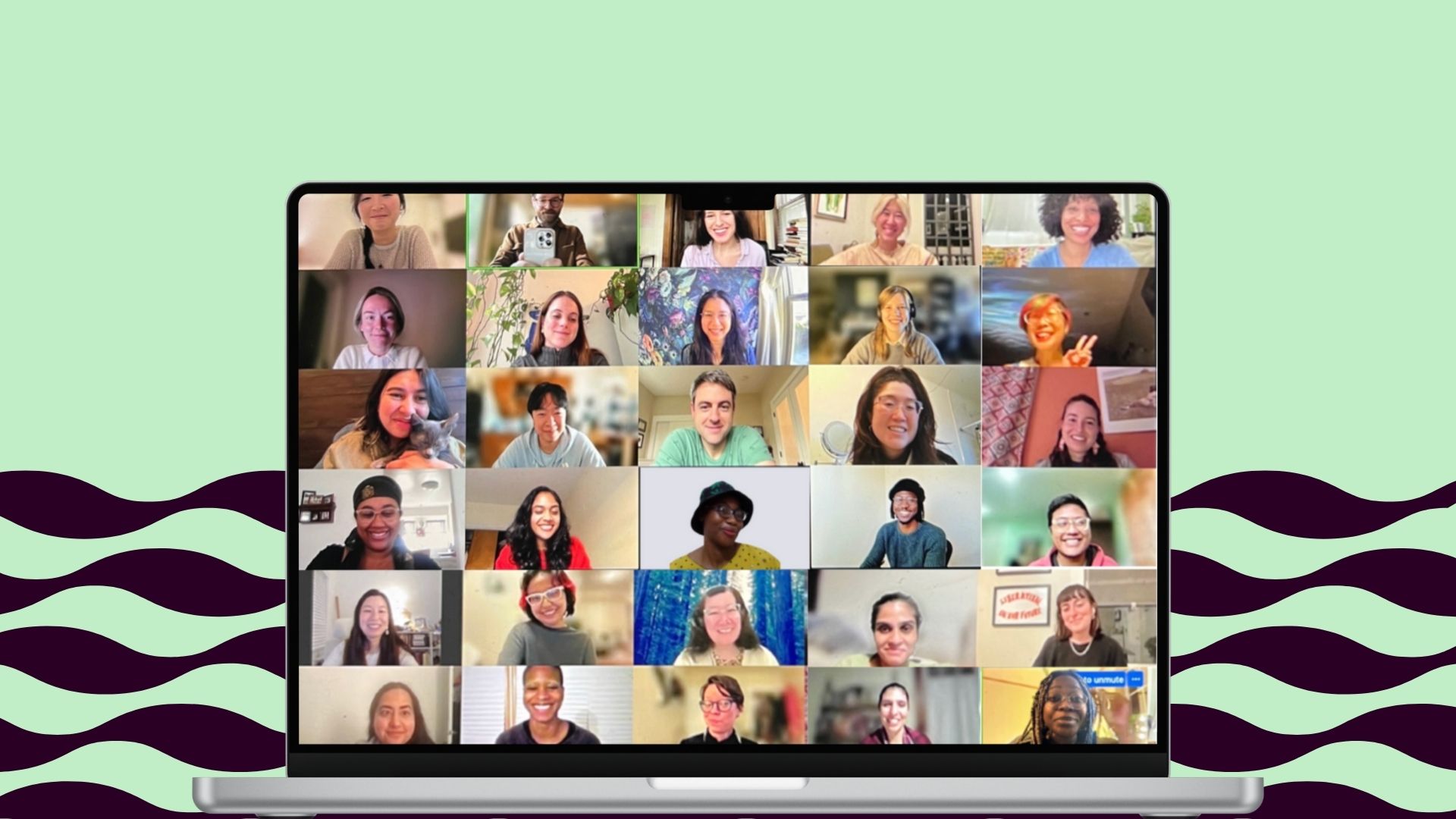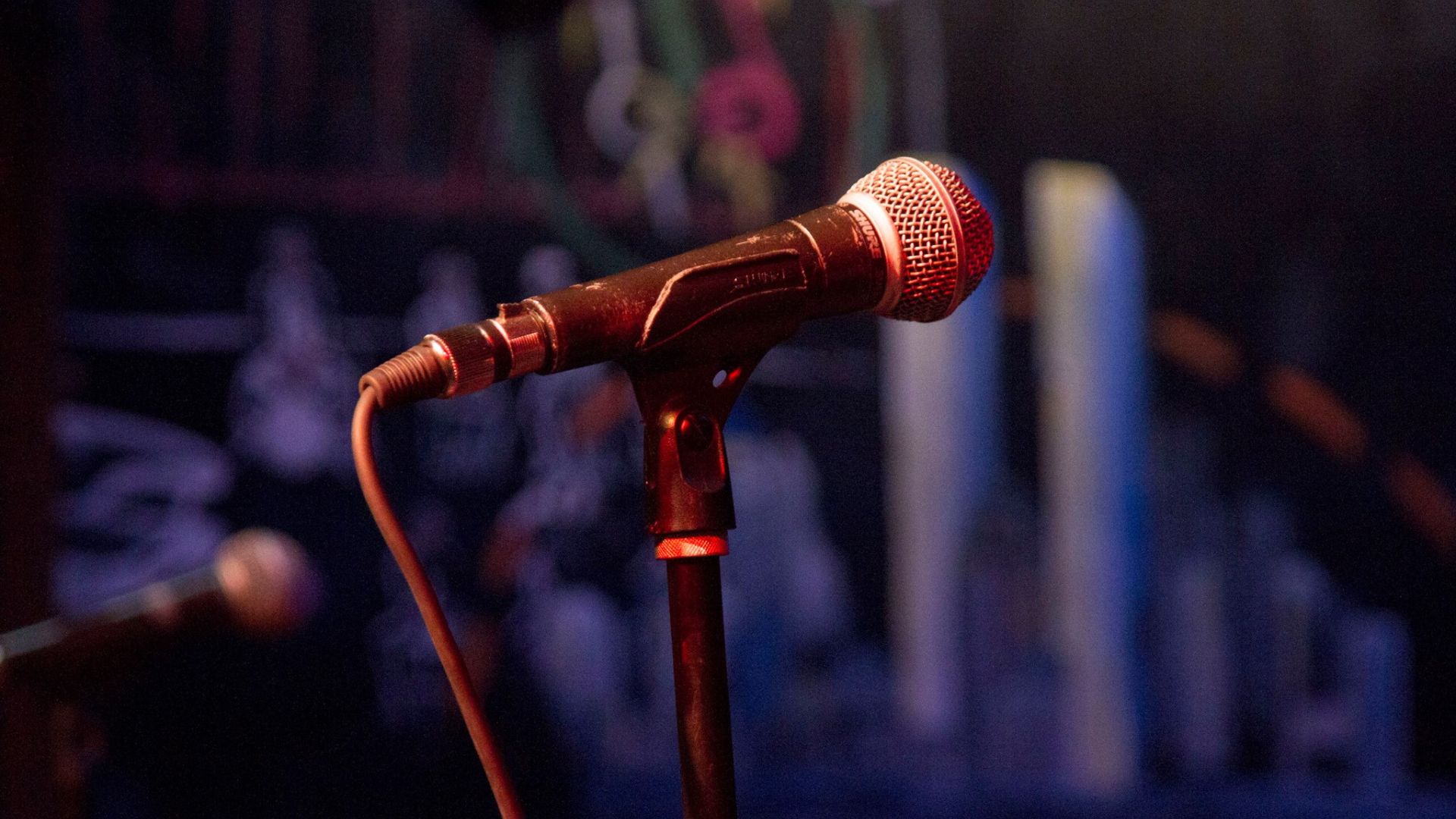Contribute
Submit
We strive to meet our community where it’s at, which is why we offer several different ways for writers and artists to submit their work to us or to apply to take part in our diverse programming. Whether you are newer to the literary space or looking to reconnect with your creative practice, we’re so glad you’re here.
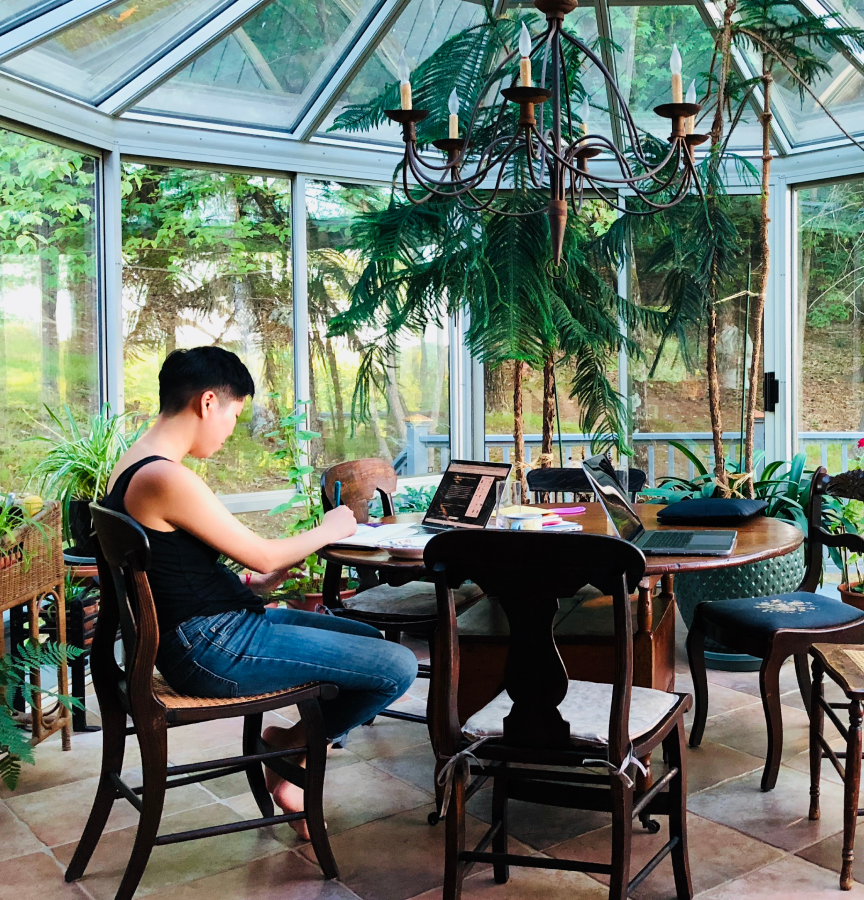
Open Calls
If our call interests you, then you interest us; we can’t wait to get to know your voice.
-
Apply to Spring 2026 Narrative Shifts
Apply: Apply to Spring 2026 Narrative ShiftsThe call will be open between Dec. 3, 2025, and Jan. 7, 2026.
-
Issue 19: Little Changes is now open for submissions
Apply: Issue 19: Little Changes is now open for submissionsThe call has been extended to Dec. 31, 2025.
-
Looking ahead at our 10th anniversary
Apply: Looking ahead at our 10th anniversarySee what programs and opportunities are coming up this year, and be sure to sign up for our newsletter.
Opportunities
The magazine is our what, the residency is our how, and the community is our why.
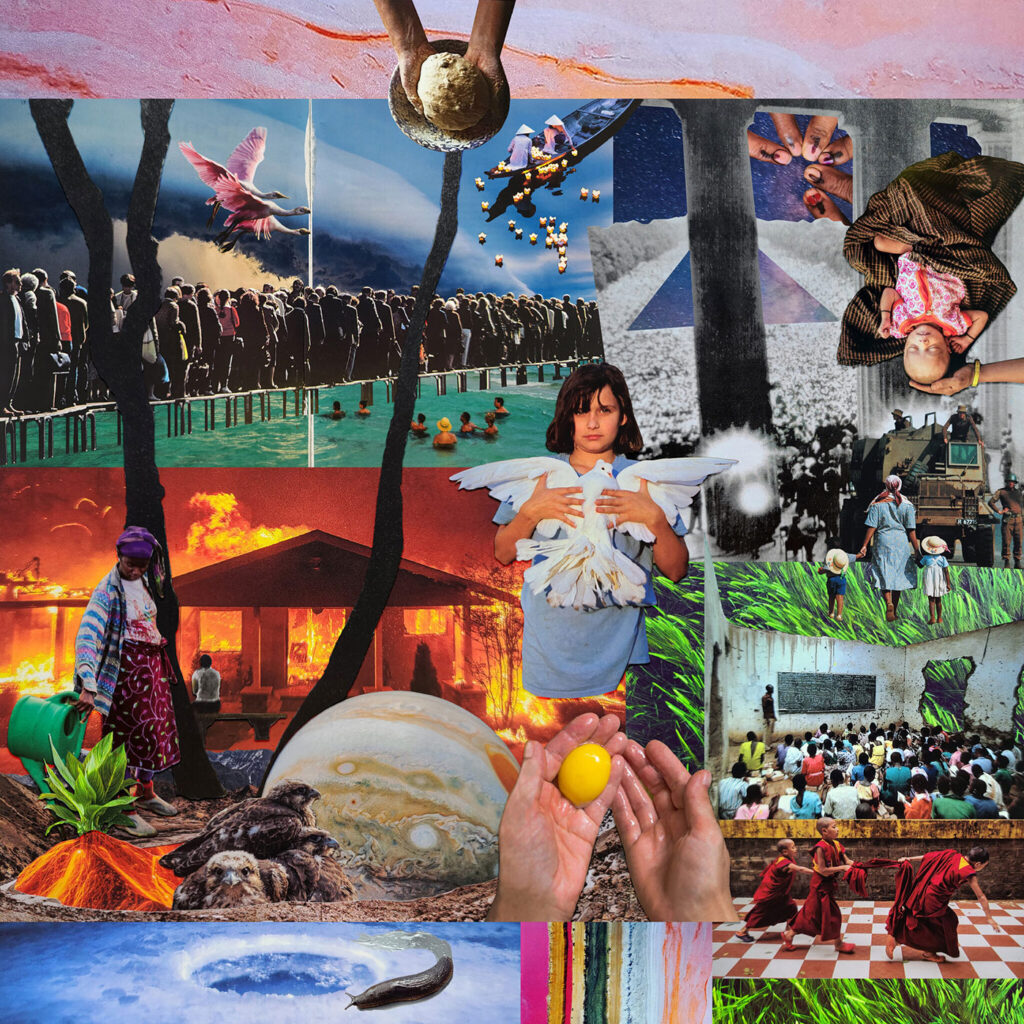
The Magazine
If you have work that is ready to be edited toward publication, then the magazine is for you. We publish one issue per year, featuring 12-16 writers; we seek urgent and underrepresented voices, as well as fresh perspectives and innovative forms. Our editorial approach is intimate: you’ll have an orientation session, a one-on-one call with your editor, and then work with two editors toward publication.
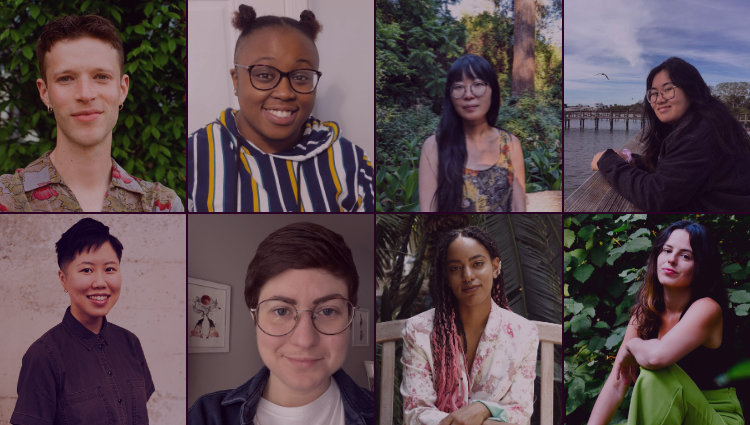
Community Anthologies (editors-in-chief)
Our cohort-based storytelling program is for those who are interested in curating their own mini-issue. The four editors-in-chief will embark on a seven-month journey together to learn about workflow management platforms, editing techniques, and how to work with contributors from acceptance through publication. Each anthology features 6-8 contributors.

Community Anthologies (contributors)
This opportunity is for those looking to work with a particular editor-in-chief, or who are interested in a specific anthology topic. EICs select their 6-8 contributors and work closely with them for three months; a second editor offers a sensitivity read. Each EIC may have a different set of parameters for what they’re looking for, so please be sure to read their call closely.
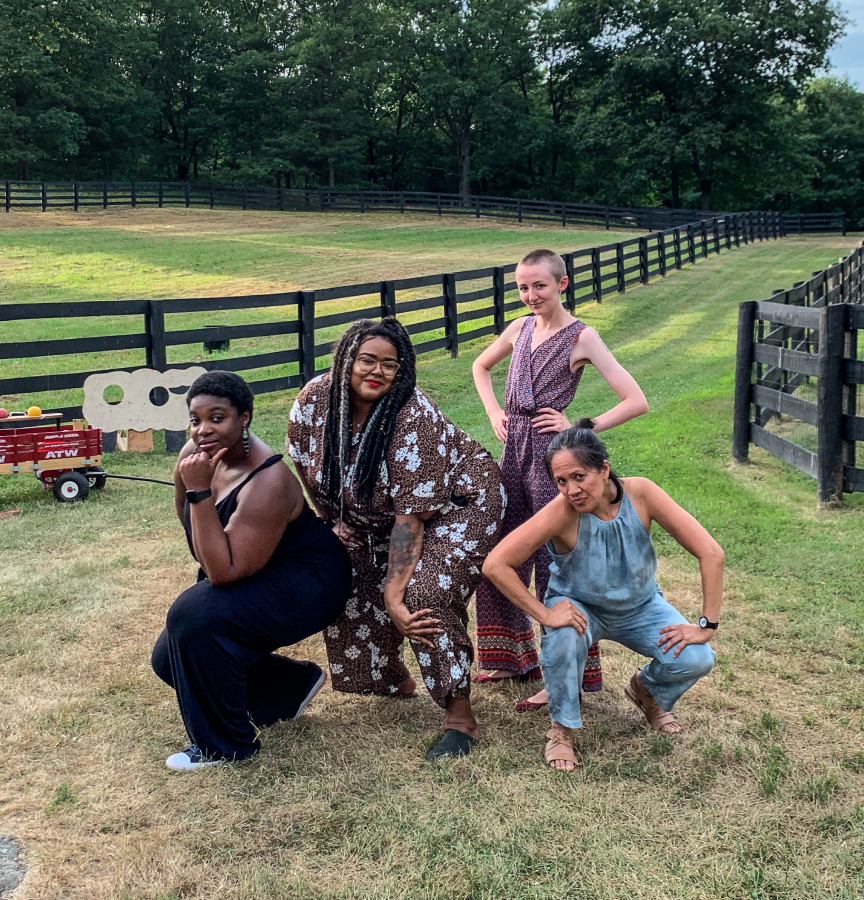
In-Person Residencies
Our in-person residencies are reserved for past Seventh Wave contributors, residents, and team members. This is a chance for our alum to dedicate time to their writing practice, with plenty of built-in opportunities for resource sharing and conversation. The vibe is “quiet collaboration” — solo creative time interspersed with social, community-oriented sessions.

Digital Residencies
If you’re seeking a process-based program that offers accountability, community, and resources — but not publication — then the digital residency is for you. Narrative Shifts is a seven-week, seven-session, cohort-based program that deepens your relationship to your work. Our teachings are intentionally genre-agnostic and encourage generative experimentation.
“The level of support from the moment of acceptance was such that I knew my piece had found the best possible home and that I had found a community of incredible writers to share my experience with. Perhaps the best part is knowing that there are more opportunities to continue being inspired by this incredible community in my future.”
Community Anthology Contributor
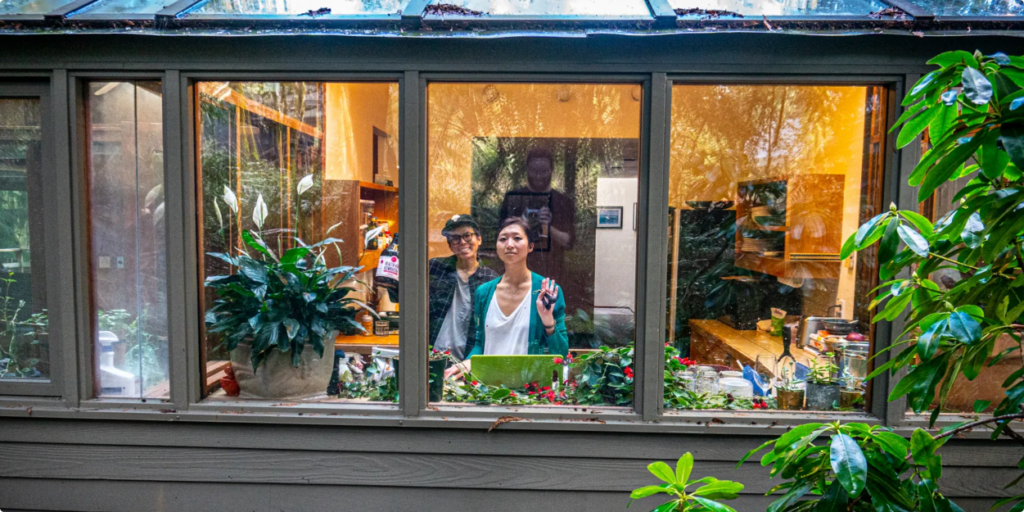
FAQ
No question is too small; below are a few questions we often get asked about our submission opportunities and process.
Magazine
What kind of work do you publish?
Over the years, we’ve worked with a wide range of genres, from short stories to personal essays, single poems to hybrid pieces that suture together visual art and text. As a social issues-based organization, our magazine naturally features work that has something to say about the world around us, and our roles within it; our contributors have shared work that touches upon topics such as climate change, racial inequities, intergenerational trauma, and trans joy, for instance. We welcome work that can only be told by that particular writer or artist, in that particular piece; that is voice-driven and thought-provoking and engaging. In short, we publish writing that encourages the reader to think more deeply. We accept prose up to 3,000 words and up to four poems/pieces of art per submission.
CloseWhy do you require a cover letter?
Our only barrier to entry is one of effort. In addition to a formal bio and the piece you are submitting for consideration, we require all submissions to include a 500-word cover letter that answers four question (see below). To us, it matters who is behind the piece just as much as what is on the page, so the cover letter gives us a chance to get to know you, the context from which you’re creating, and why our call spoke to you. The four questions you’ll see us ask for cover letters are:
- What are the driving forces behind your work? Tell us what your particular aesthetic and voice will bring to this issue.
- What are recent social issues, political decisions, or cultural mishaps that sparked meaningful conversation and inspired you to create art, write stories, or otherwise communicate your thoughts to the world?
- Tell us a little about what you hope to get out of this editorial process.
- How does your submission relate to our topic?
To note: we do charge a $7 fee for submissions, though this fee can be waived anytime (see General Submission guidelines below).
CloseWhy don’t you read submissions “blind”?
In addition to the term itself being problematic, we believe reading submissions anonymously reinforces the very gatekeeping practices that it was meant to dismantle. We believe in publishing people, not just pieces, so for us, getting to know the person behind the piece helps to contextualize the writing itself. You can read more about this holistic approach from our executive director, who wrote about it for Poets & Writers in her op-ed, “The Politics of Gatekeeping: On Reconsidering the Ethics of Blind Submissions,” from the November/December 2020 issue.
CloseAnthologies
How do the community anthologies differ from the annual literary magazine?
Our community anthologies program gives four writers or artists the opportunity to curate their own mini-issues, each working with 6-8 contributors to produce a unique folio based on their singular vision and aesthetic. Whereas our magazine publishes 12-16 people per issue, based upon a three-paragraph call curated by 10 individuals, each anthology revolves around a single topic and a one-paragraph prompt. The main difference, then, is one of scale: we built our community anthologies to be mini versions of our annual magazine, a way for those who want to be editors to gain experience without having to start an entire publication on their own. By doing so, we are able to publish twice as many people each year while also supporting writers as they learn how to be an effective editor.
CloseWho is eligible to be an editor-in-chief?
Publication experience is required. Meaning, you need to have a) published your own work before in a print or digital magazine, publication, anthology, or other outlet, and b) published someone else’s work before as an editor. This is our only requirement for the program: that you have gone through some kind of editorial and publication process yourself. If you have any questions about this or your eligibility, please reach out to submit@seventhwavemag.com.
CloseCan I submit to multiple anthologies?
No. You may only submit to one anthology within a given year — so please do not submit to all four at the same time — and similar to our policy for the annual literary magazine, we will only publish you once. So, if you are published in a community anthology, we ask that you do not submit again to a future anthology. You are welcome, however, to submit to our annual literary magazine or to apply to one of our in-person residencies.
CloseWhy are only some anthologies open to the public?
We give our editors-in-chief three submission options: 1) open their call to the general public via Submittable (just like we do for our annual literary magazine); 2) invite writers and artists to be a part of their anthology (this would mean the anthology is “closed” and not open for unsolicited submissions); or 3) a hybrid of the two (for example, in our 2023 cohort, one of our EICs opened their call up for submissions but reserved two spots for solicited pieces). We honor our EICs’ decisions to select one of these three choices. It will never be the case that all four of our anthologies are closed to the public, however, which we ensure when we are selecting our EICs through our application process.
CloseGeneral Submission Questions
If I submit to the literary magazine, can I also submit to an anthology in the same year?
Yes, you are more than welcome to submit to both the magazine and a community anthology. We do, however, have a longstanding policy of only publishing a contributor once in either the magazine or within an anthology, as we want to continue to make room for new voices. Meaning, if you are a past contributor to the magazine, you are welcome to submit to a community anthology; if you are a past community anthology contributor, you are welcome to submit to the magazine. If you have not yet been published by us at all, please feel free to submit to either or both.
CloseDo you offer feedback for submissions you do not accept?
We offer personalized notes, but not specific feedback. Too often, people send their writing out and hear nothing in return. We believe everyone deserves to be acknowledged for the vulnerability of putting their work out into the world. That’s why we provide personalized notes to those who send us complete submissions. We do not, however, send specific feedback, as we believe that kind of in-depth exchange requires conversation and consent.
CloseWhat if the $7 submission fee is cost-prohibitive for me?
No problem! If our $7 submission fee is a financial barrier for you, simply email your complete submission to us at submit@seventhwavemag.com, and we are happy to waive the fee, no questions asked. Please be sure to review the requirements for the specific opportunity you are submitting to to ensure that you have included all requisite pieces, as incomplete submissions will not be considered. Please use the subject line: “[ISSUE or ANTHOLOGY TITLE] • NAME, GENRE.”
CloseDo you pay the people you publish and work with?
Yes, we have paid every contributor we have ever published since 2015.
- Contributor payment: For both our annual literary magazine and our Community Anthologies, contributor receive $100 for publication, for both prose and poetry.
- Featured artists: If we commission a featured artist to make artwork for an issue or anthology, the stipend is $250.
- Community Anthology EICs: When we hire editors-in-chief for our Community Anthologies program, the stipend is $1,000.
“There is a different feeling to being published as part of a cohort, all writing toward the same theme.
Whatever that feeling is — community, care, solidarity, grace — Seventh Wave, in its gestures, is holding this space, a space where our words can not only sit side by side but as part of a shared vision.”
— David Naimon, 2023 “On Rivers” Community Anthology contributor
